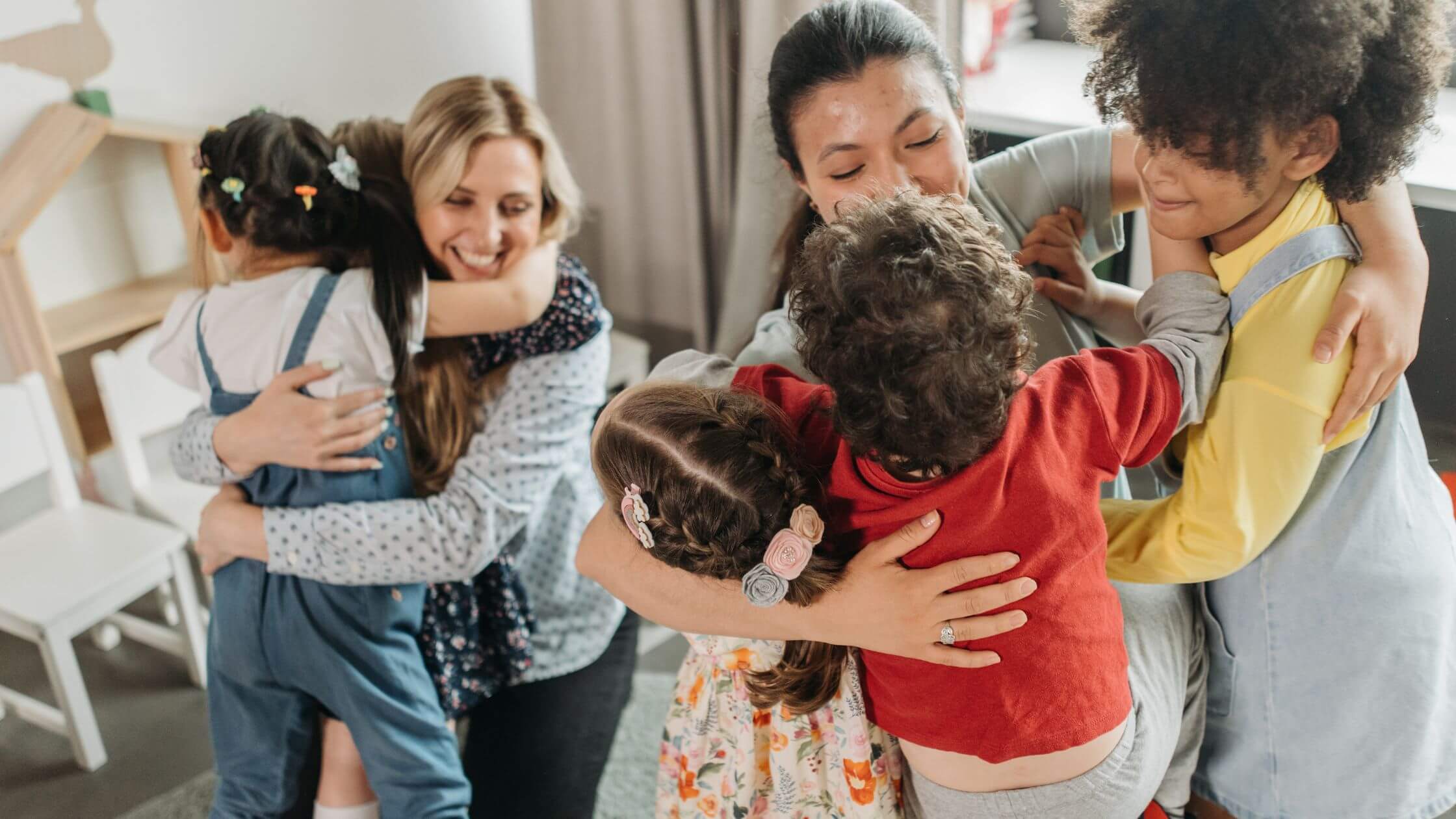Let’s take a moment to consider the importance of stepping back from the external distractions that affect our focus. Just as adults benefit from peace and quiet, children need calm spaces too. As early years practitioners, we must create an environment where they can find it independently. Free-flow play should include a quiet, secluded area where children can retreat, and when they’re outdoors, it’s important to maintain flexibility to adapt spaces as needed.
Child-Led Activities In Calm Spaces
- Background noise in calm spaces, like unrelated music, can be distracting for children trying to focus on play, especially if it doesn’t match the current theme.
- When adults ask too many questions, children can become confused and overwhelmed, disrupting their creative flow. This overload can create mental chaos, leaving them with little time to process and respond.
Calm Spaces For Group Story Time And Circle Time
- Younger children, or those with a strong need to move, often prefer hands-on involvement, as movement is their primary way of learning.
- They may find it easier to concentrate in smaller groups or one-on-one settings, without the distractions of a larger group around them.
Too Many Choices
- When we offer too many choices all at once, like just before snack time, children may take longer to decide.
- Without a clear routine or sufficient stability throughout the day, even with more child-led play, some children may feel unsettled.
Supporting Children’s Individual Needs
- Some children are especially sensitive to noise and chaos. For instance, in a busy shopping centre or crowded play area, they may become anxious and upset to the point of needing to leave to regain a sense of calm.
- A playroom that suddenly becomes busy and noisy without warning can be overwhelming, pushing some children into a state of panic.
So how can we support children in managing these situations? By providing a stable yet flexible routine and creating an adaptable environment that respects their learning styles. Children should be encouraged to choose the type of play and location they prefer while understanding that some may need time to adjust. After a few visits, many children will begin to adapt, though others may need more time or may struggle to adjust fully.
Ideas For Enhancing Calm Spaces In Early Years Settings
- Be realistic with expectations. Notice patterns in children’s behaviour and prioritise reassuring them rather than trying to suppress their natural feelings.
- Spend quality one-on-one time with each child. This is when you’re most likely to pick up on their unique needs and wants.
- Offer a quiet, easily accessible space, where children can find calm away from everyone else.
- Share a plan for the day and involve children in planning so they know what to expect.
- Make simple adjustments to help children feel calmer; even small changes can have a big impact.
- Create interactive group story time by adding props, sensory resources, music, or storytelling elements.
- Allow children to stand or sit at the back during story time if they prefer and make regular eye contact to ensure they feel seen.
- Let children choose their own book if they wish and sit with them; they can join in with the main book later if they’re interested.
- Maintain a balance of active and quiet time in the daily routine to prevent children from becoming overly tired.
- Use meditation to restore calm in a playroom, like lying down with soft music and deep breathing; it’s surprising how effective this can be in shifting the atmosphere.
- Encourage inclusivity; if a child prefers not to join an activity, follow their lead and adjust the plan to align with their interests.
- Relaxation doesn’t need to be formal like meditation or stretching; let each child find their own way to unwind, whether that’s reading, drawing, or something else.
- When soothing a distressed child, keep it simple, avoiding excessive fuss, and gently guide them toward self-soothing to build their self-regulation skills.
- Allow children quiet, alone time if they need it before stepping in to offer distractions or alternatives. This approach supports their long-term well-being rather than a quick fix.
We have explored many ways of supporting children’s individual needs; making their childcare setting somewhere they can truly be themselves. Keep it simple and pay close attention to patterns!

About the author:
Discover expert insights from Priya, a seasoned babysitter, childminder, and dance-fitness teacher in Newham, East London. Her setting’s focus is child-led planning, independent learning and a hands-on, outdoor approach.
Discover More About Priya

About the author:
Discover expert insights from Priya, a seasoned babysitter, childminder, and dance-fitness teacher in Newham, East London. Her setting’s focus is child-led planning, independent learning and a hands-on, outdoor approach.
Discover More About Priya

About the author:
Discover expert insights from Priya, a seasoned babysitter, childminder, and dance-fitness teacher in Newham, East London. Her setting’s focus is child-led planning, independent learning and a hands-on, outdoor approach.
Discover More About Priya
Post Views: 30

